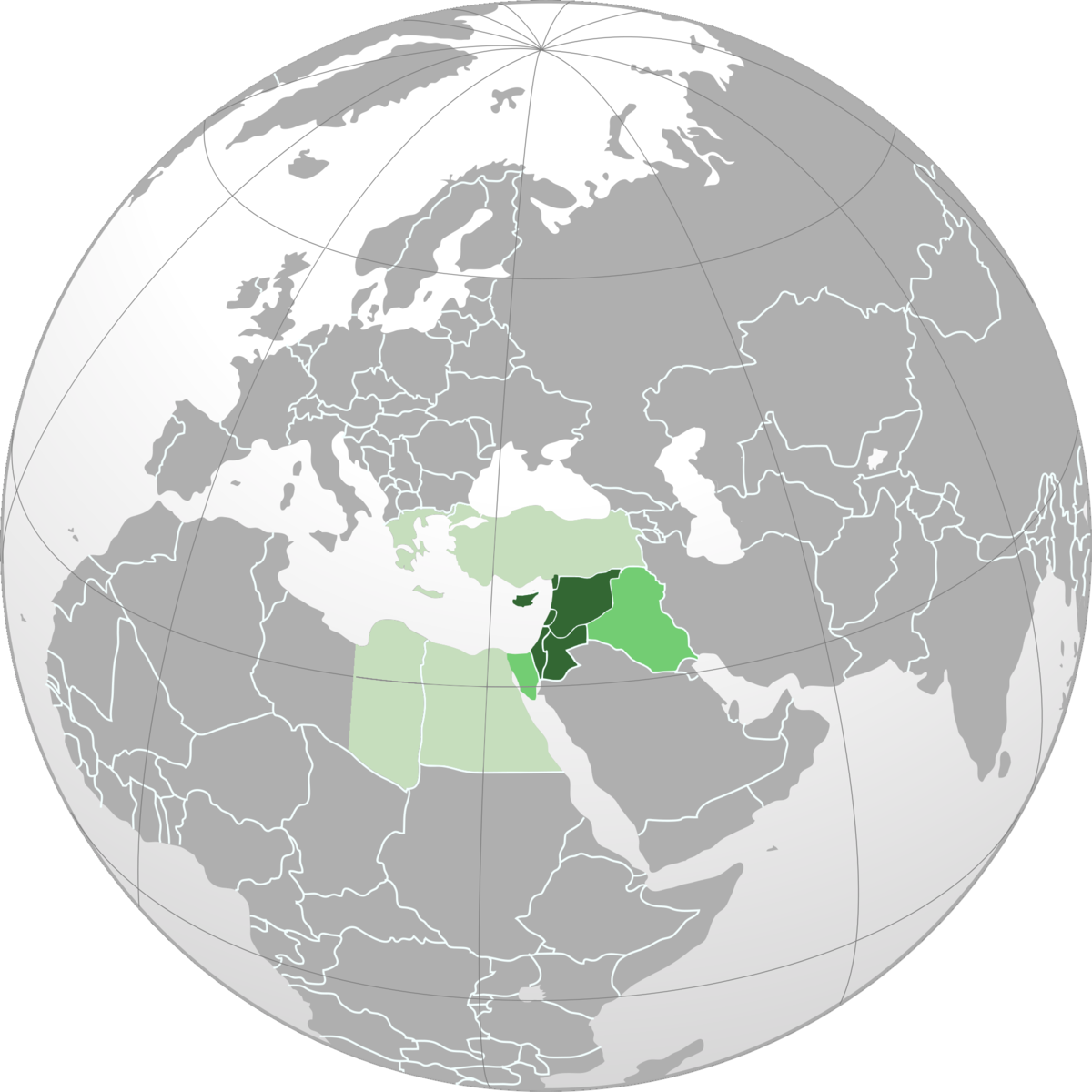We had the debate about the East Mediterranean and Germanic influence in Italy numerous times, but I think that new study will add new fuel to the ongoing debate and change some perspectives. At this point its just an abstract, but a quite informative one:
What the abstract is suggesting is that there was Levantine gene flow to Northern Italy, just significantly less (only about one quarter) in Northern Italy compared to a higher proportion in Central Italy. In both areas (Northern and Central Italy) the Germanic contribution is supposedly substantial and less differentiated.
We will see how they argue for that in the paper, what data they got and how this can be aligned with uniparental frequencies and evidence in ancients and moderns. It will also be interesting, for me at least, when and how E-V13 might show up, if at all, since the sample is not that small, but its not that big either.
There are other highly interesting papers at the conference this year:
drive.google.com/file/d/1YruH2gc30bt5AfAbJMFA1za0LZwSH3XS/view
isba10.ut.ee/program
Also more for Italy by the way.
ABSTRACT HGP-047
The Genetic Legacy of the Roman Imperial Rule in northern Italy
Speaker: Orhan Efe Yavuz
University of Tübingen, Germany
Co-authors: Ella Reiter1, Zita Laffranchi2, Irene Dori3, Brunella Bruno4, Giulia Pelucchini4, Maria
Giovanna Belcastro5, Marco Milella2, Cosimo Posth1
1 University of Tübingen, Germany
2 University of Bern, Switzerland
3 Università degli Studi di Firenze, Italy
4 Soprintendenza archeologia, belle arti e paesaggio per le province di Verona, Rovigo e Vicenza, Italy
5 Alma Mater Studiorum Universita' di Bologna, Italy
Abstract:
During the Roman Imperial period, the extension of Mare Nostrum to the entire Mediterranean Sea allowed Rome to strengthen its cultural, political, and economic hegemony over the surrounding provinces. The tightened interaction with the east brought many migrants to the Empire’s capital. Supporting these historical accounts, a genomic time-transect in the city of Rome clearly documented a shift in genetic ancestry towards eastern Mediterranean populations during the Imperial period. A following study expanded on this finding by showing that the shift was not unique to Rome but also affected the central Italian region of Etruria. However, how much further north along the Italian peninsula this incoming ancestry spread remains to be addressed. Here, we generated genome-wide data of 32 individuals from six sites in northern Italy archaeologically dated to the Imperial period. Principal Component Analysis reveals that all individuals fall on an admixture cline stretching from the placement of preceding Iron Age groups towards modern-day Near Easterners. While this trend mirrors the results obtained for the city of Rome and Etruria, the proportion of eastern Mediterranean ancestry varies considerably. Most of the newly studied individuals derive three-quarters of their genetic profile from the local population and one-quarter from contemporaneous groups in the Near East. However, the latter contribution is around half of what was observed for central Italy at the same time. Compared to present-day northern Italians, we could then model an additional 20% gene flow from northern European ancestries, possibly influenced by migrations into Italy during the Early Middle Ages. To conclude, while northern European ancestries left a similar genetic imprint into present-day populations from central and northern Italy, the demographic shift connected with the Roman Empire was diluted moving northward, but its genetic legacy still survives until today.
What the abstract is suggesting is that there was Levantine gene flow to Northern Italy, just significantly less (only about one quarter) in Northern Italy compared to a higher proportion in Central Italy. In both areas (Northern and Central Italy) the Germanic contribution is supposedly substantial and less differentiated.
We will see how they argue for that in the paper, what data they got and how this can be aligned with uniparental frequencies and evidence in ancients and moderns. It will also be interesting, for me at least, when and how E-V13 might show up, if at all, since the sample is not that small, but its not that big either.
There are other highly interesting papers at the conference this year:
drive.google.com/file/d/1YruH2gc30bt5AfAbJMFA1za0LZwSH3XS/view
isba10.ut.ee/program
Also more for Italy by the way.




